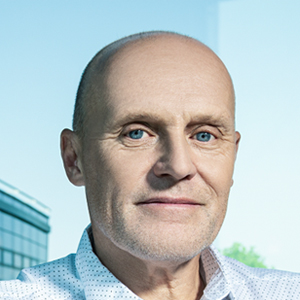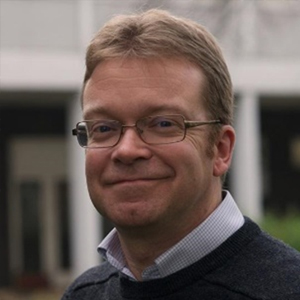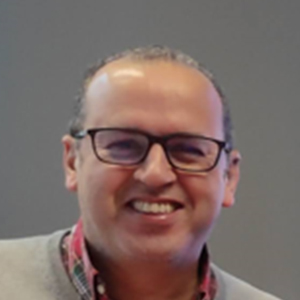

The project is concentrated into 6 workpackages (WP):
| WP1 | Developing of research excellence: Advance TUL’s research excellence in radionuclide impact mitigation by the creation of an international virtual center |
|---|---|
| WP2 | Research vision, agenda and pipeline: To enhance the research and innovation capacity of TUL and mobilize a broad range of supporters to develop a shared research agenda |
| WP3 | Research profile uplift: Raise the research profile of the TUL in radionuclide problem management, e.g. number of impacted publications, new Ph.D. students, collaboration with industry |
| WP4 | Research management competencies uplift: Strengthen research management servicing and administrative skills at TUL- to improve TUL’s ability to make proposals of HEU and similar calls as Principal Investigator |
| WP5 | Development of networking and support: Develop an international network of supporters, contributors and participants in the proposed virtual centre, and facilitate mobility between the different interested parties (dissemination, communication, exploitation) |
| WP5 | Project management |

For a moment these technologies are considered for testing:
| SO1 | SO2 | SO3 | SO4 | SO5 | . | |||||
|
|
|
|
|
|
| SO1 |
|
| SO2 |
|
| SO3 |
|
| SO4 |
|
| SO5 |
|
|
| SO1 |
|

is a graduate of the Faculty of Nuclear and Physical Engineering of the Czech Technical University in Prague (CTU) in the field of nuclear chemical engineering. He obtained his PhD doctorate at the ETH in Zurich in Natural Sciences. Since 1995 he has worked for environmental consultancy AQUATEST (Czech R.) in the remediation of environmental liabilities. In 2004, he joined the Technical University of Liberec (TUL), where he was appointed a professor of applied science in engineering (2014). In 2021 he became a director of the Institute for Nanomaterials, Advanced Technologies, and Innovations (CXI) of TUL. He is the author of more than 150 publications, books, and chapters and a number of patents. His research deals with nanomaterials in environmental protection and the risk of nanomaterials to the environment. He is currently the principal investigator of the international European project LIFEPOPWAT, focused on the treatment of water flowing from old pesticide landfills and project SURRI dealing with the recovery of raw materials from uranium-contaminated sites.

is an Associate Professor at the Department of Chemistry at Università di Roma La Sapienza. Graduated with honours in Industrial Chemistry in 1990 and finished PhD in Chemical Sciences in 1994. Currently holds the course "Chemical Industrial Processes and Plant" and "Dynamics of Contaminants and Remediation of Polluted sites" in the frame of the Industrial Chemistry degree. Since 2010 is the Director of the II Level Master in "Characterization and Technology for the Remediation of Polluted Sites" of the Faculty of Mathematical, Natural and Physical Sciences. He has written more than 100 international publications in this area. Currently an expert member of the technical committee at the Ministry of the Environment in charge of evaluating the remediation projects at the National Priority Sites and managing the landfill emergency in Calabria. He is the scientific coordinator of several national and international scientific and operative projects in the field of the remediation of contaminated sites.

is a Professor of Environmental Radioactivity, and Research Director of the University consultancy and research unit GAU-Radioanalytical, in the School of Ocean and Earth Science at the University of Southampton. Having originally studied oceanography, he graduated with a PhD in Geology from Southampton in 1994 and since then has worked at various UK Universities before re-joining Southampton in 2016. He has over 30 years of research and teaching experience in the environmental cycling and behaviour of aquatic and terrestrial pollutants (radioactive, metal, organic, and plastic contaminants); environmental radioactivity and radiochemistry; environmental geology; sediment geochemistry; radiometric dating; and contaminated land, wastes and water management (including the development of more sustainable contaminated land clean-up methods). Former and active projects in these and related areas have been or are funded from a range of RCUK, EU, Charity, DTI and industry and environmental body sources and involve collaboration with a range of UK and international academic and industry partners.

is a Professor at the Department of Microbiology at Universidad de Granada. He earned his degree in Biology from the University of Tetuan (Morocco). He obtained his Ph.D. degree at Department of Microbiology, University of Granada. From 1999 to 2008 he was Senior Researcher at Helmholtz Center Dresden-Rossendorf. He is an active user of Radiation Synchrotron Facilities (e.g. ESRF, Soleil). He was awarded by Ramon y Cajal Program Tenure track grant (2008-2012). He has more than 20 years of experience in undergraduate and graduate teaching at the University of Granada, Spain and abroad. He has participated in more than 120 conferences, with more than 190 contributions as invited, contributed talks and posters. Since 2010 he has obtained >3.600.000 funding. He has written over 100 international publications, such as research papers, book chapters, and conference proceedings. He has supervised more than 35 bachelor or master students in their research tasks and 6 Ph.D. students, plus 5 ongoing PhD thesis. He takes peer-review tasks for a wide range of scientific journal and research agencies. Prof. Merroun research interests are focused on bioremediation of heavy metal/radionuclide contaminated sites, microbiology of deep geological disposal of radioactive wastes, geomicrobiology, microbial recovery of critical materials.
Technická univerzita v Liberci
Ústav pro nanomateriály, pokročilé technologie a inovace
Bendlova 7, 46001 Liberec